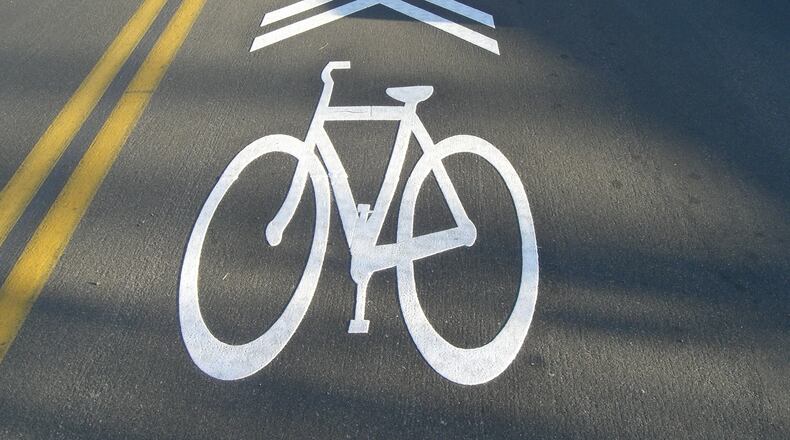Decatur has recently hired a consultant to provide master planning services for updating the community transportation plan. Community input meetings should begin in late August or September.
Decatur’s initial transportation plan, enacted in 2007, attempts to give balance to vehicular traffic, walking and bicycling. This means, in some cases, narrowed roads, slower speed limits, bike lanes or cycle tracks and wider sidewalks.
The current rebuilding of North McDonough Street, between Trinity Place and Howard Avenue, grew out of the 2007 plan. So did the improvements to the two railroad crossings at North McDonough and North Candler Street, which finished this week. The proposed Connectivity Plan between the city and the PATH Foundation also evolved from the original plan, with construction of the first phase, the Commerce Drive cycle track/lane reduction, beginning this fall.
“Some of the things I think you’ll see with the new plan include better street crossings,” Planning Director Angela Threadgill said. “I think you’ll see enhancing of the Safe Routes to School program. We’d like to create some off-street pathways, and I think you’ll start to see sharrows [lanes for both cars and bikes] disappear. They are nationally falling out of favor.”
The final plan needs approval from the city commission. Threadgill believes the community input process should take 10 months and finish by late next spring.
About the Author
The Latest
Featured


